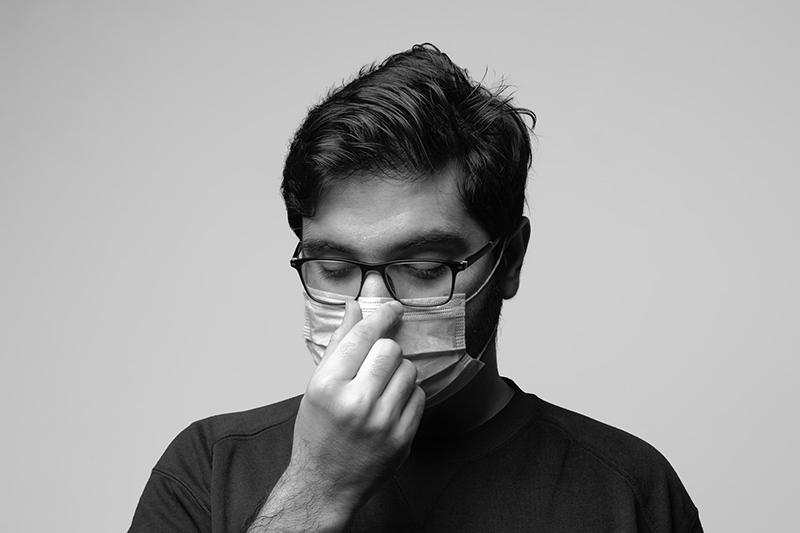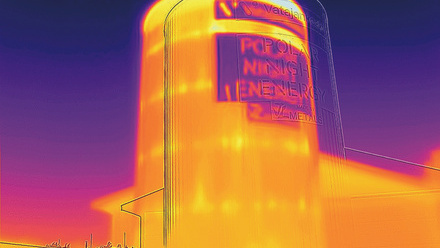Airborne aerosols and droplets trapped by sticky wall coating
By repurposing common ingredients in hair conditioner, scientists have designed an inexpensive, transparent coating that can turn surfaces like windows and ceilings into glue pads to trap airborne aerosol droplets.

‘Facing a pandemic, we need to proactively leverage all of the different layers of defense mechanisms, including the physical barriers,’ explains Jiaxing Huang, a professor of materials science and engineering at Northwestern University, USA. ‘After all, these viruses must travel through physical space before reaching and eventually infecting people.’
The main way that respiratory diseases like COVID-19 spread is from respiratory fluids emitted when an infected person speaks, sneezes, or breathes. Upon hitting a surface, the aerosol droplets can bounce off easily and become airborne again.
As a material scientist, Huang wanted to help combat the pandemic in some way. He gathered several researchers in his lab, including Drs. Zhilong Yu and Murat Kadir, and another stay-home student, Yihan Liu, to brainstorm. Eventually, they came up with the idea of turning PAAm-DDA, a polymer commonly used in hair products and cosmetics for locking in the moisture, into a surface coating.
The coating is hydrophilic, so that it can capture incoming pathogen-containing droplets and prevent them from bouncing off surfaces. ‘There are many indoor environmental surfaces that you barely touch, like parts of the wall closer to the floor and the ceiling,’ Huang says, where their coating could potentially be applied.
Huang and his team coated a plexiglass divider and tested out its droplet-capture capacity. The team first sprayed a steam of aerosols, generated by a hand-held facial mister, at the barrier to simulate fine respiratory aerosols emitted during speaking. By analysing the escaped droplets that landed on a silicon wafer, they can estimate how well the coating traps the incoming aerosol droplets. Compared with an uncoated barrier, the coating captured nearly all the aerosols.
Next, they air-sprayed salt water at the plexiglass to simulate the large droplets released during coughing and sneezing and found that the coating also drastically cut down the number of splashed droplets. In the simulated experiment, the number of droplets that escaped from the plexiglass barrier was reduced by 80%.
To make the product applicable to more types of surfaces, the team added another common cosmetic ingredient, called APG, to the coating. They tested it on materials including concrete, wood, metal, glass, and textiles, which are typical surfaces found in indoor spaces. Huang says that more ingredients can be added to give the coating additional functions, such as copper ions as a disinfectant or pigment particles for colour.
‘We understood that the current pandemic may end before this concept is implemented,’ Huang says. ‘What we want is to provide scientific evidence for a future public health capacity. It may or may not be used now. But next time, when an outbreak like this happens, I think we will be better equipped.’
This new strategy is described in the journal Chem. Droplet-capturing Coatings on Environmental Surfaces Based on Cosmetic Ingredients







